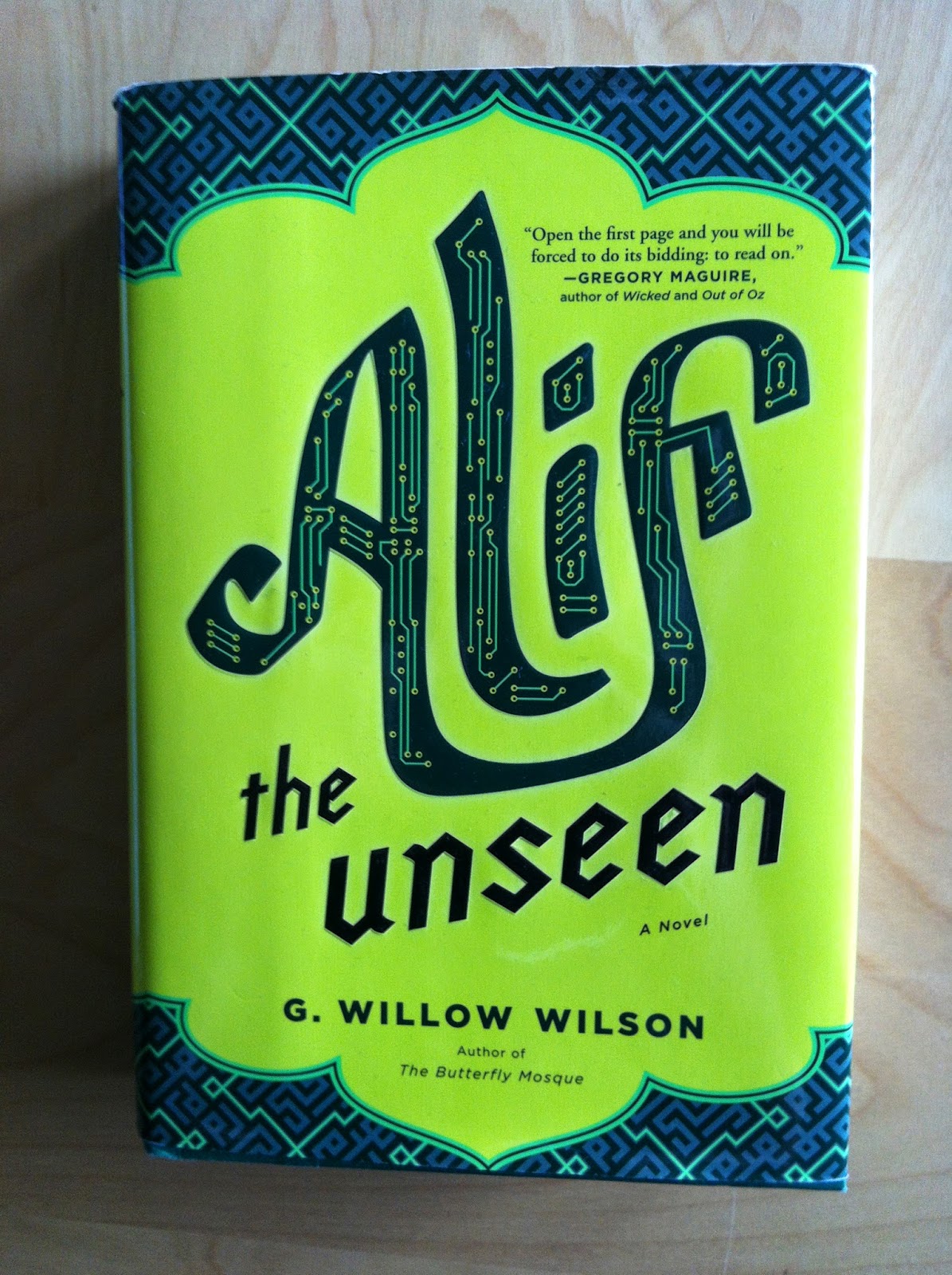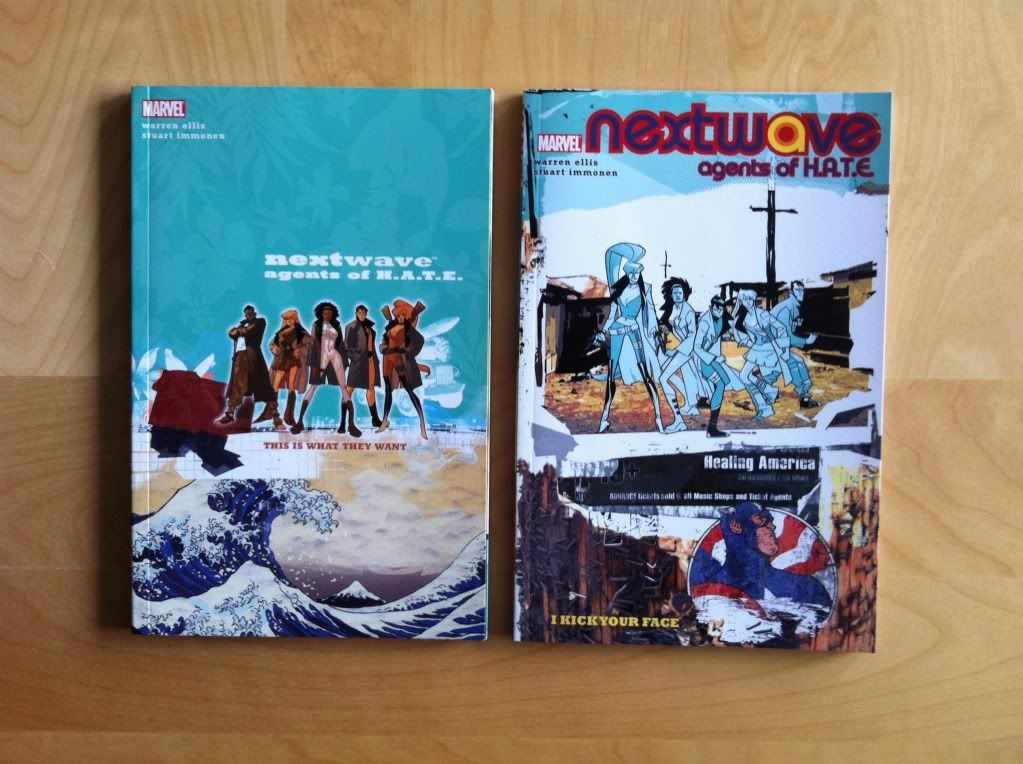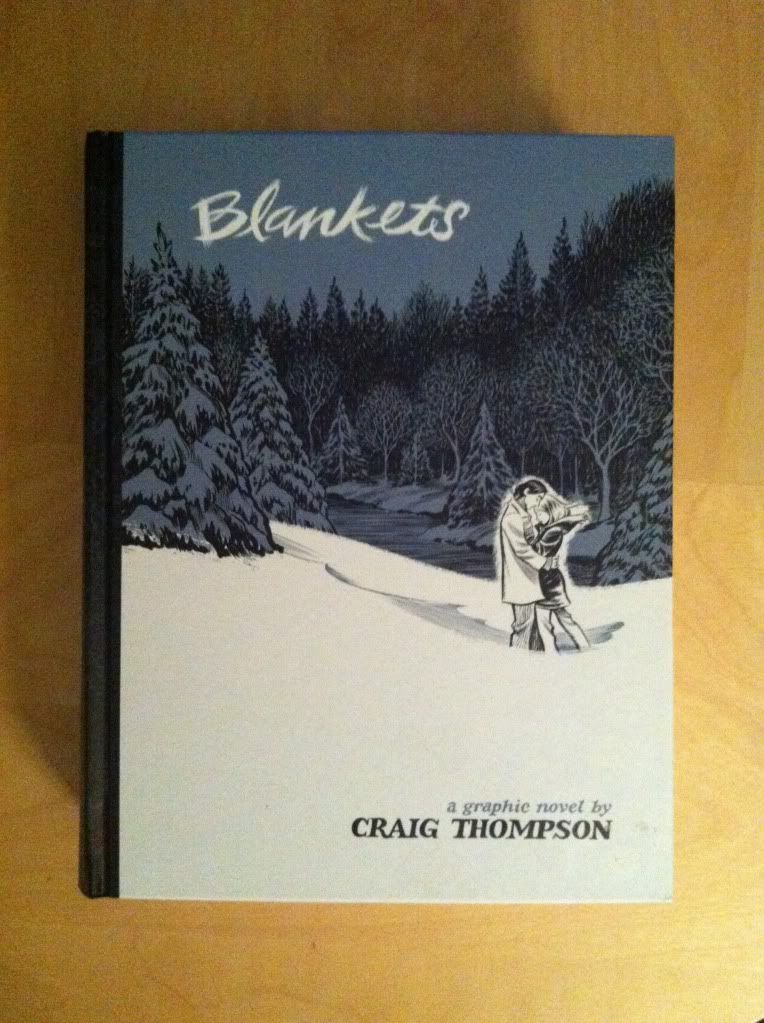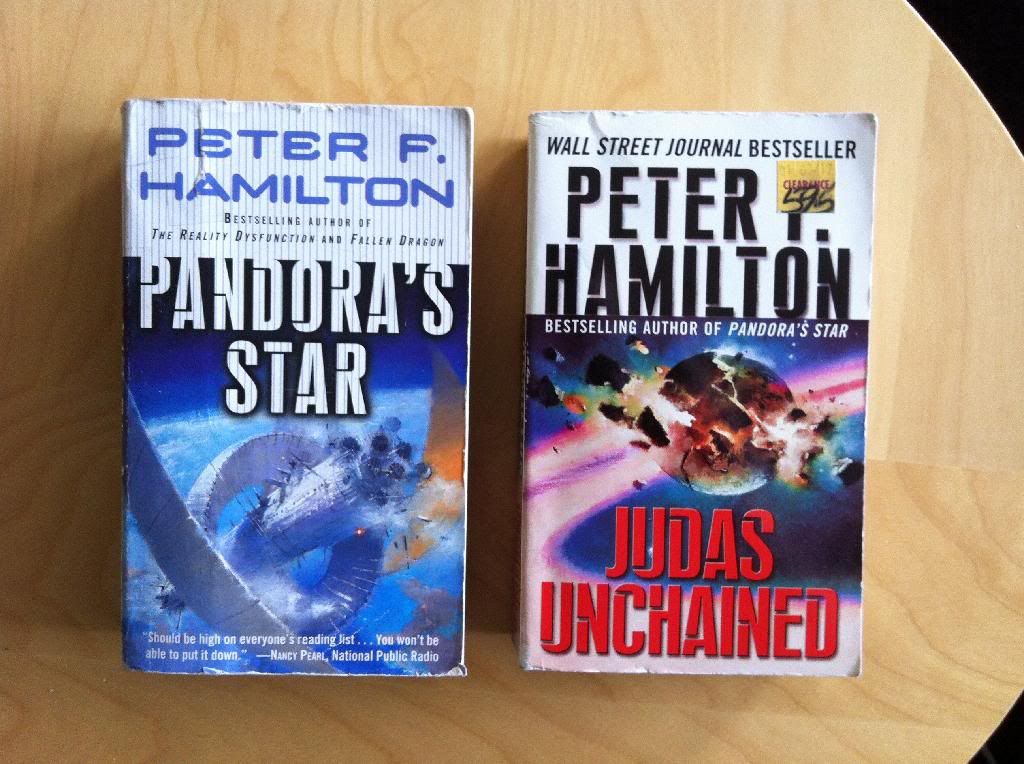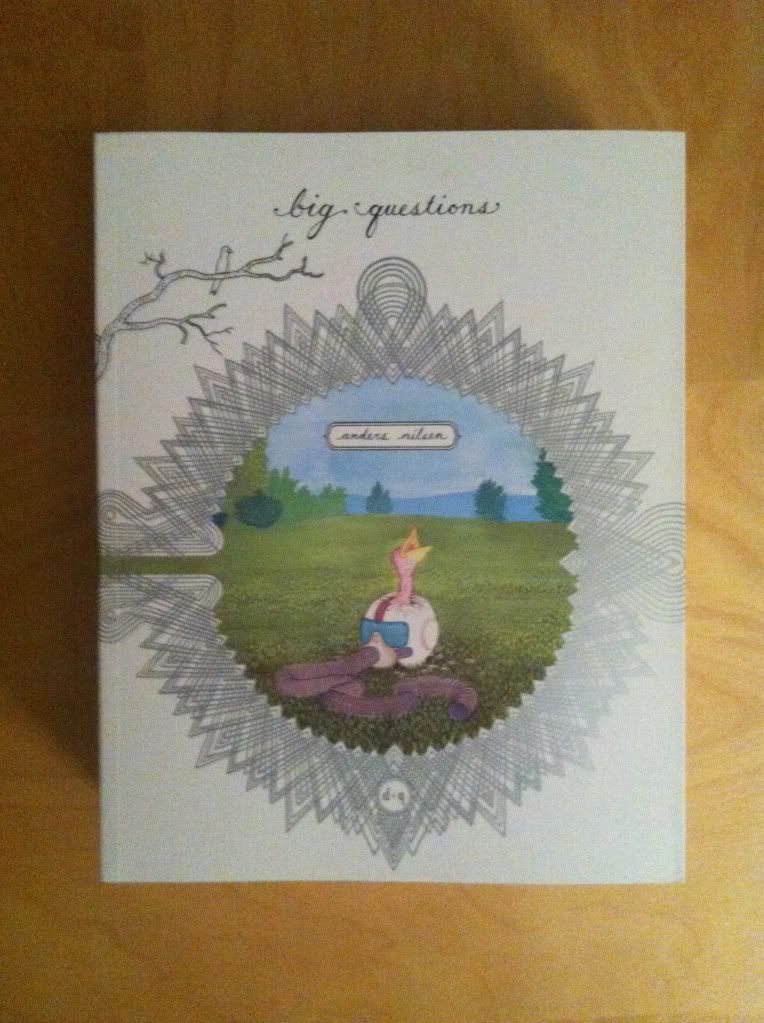by Kelly Sue DeConnick, David Lopez, Lee Loughridge, and Joe Caramagna; Marvel Comics
Captain Marvel has been one of the most consistent mainstream comics in my top ten. I'm always looking forward to the next issue and once I get it, it's often one of the first in my stack I read. It is easily one my favourite comics.
But it's a little hard to express exactly why.
Captain Marvel is a fairly straight forward superhero comic: Carol Danvers, aka, Captain Marvel, fights villains and does inspiring heroic things. Team Captain Marvel have done a great job presenting interesting wrinkles and challenges to keep the superheroing interesting, but the comic isn't doing nifty things with genre like many of the other comics I'm currently reading. Similarly, Team CM, while great storytellers, also aren't really experimenting with the medium of comics in the way most of my other favourite books are. So it's a little hard for me to pin down exactly what it is about Captain Marvel that makes it stand out in a field of genre-bending, medium-experimenting comics.
Captain Marvel #4 might be the explanation I've been looking for.
There will be *SPOILERS* for Captain Marvel #4 in this post.
Captain Marvel #4 is, at first glance, a business story. It fleshes out the premise of the current storyline, introduces and solidifies the new supporting cast, and advances the plot to the point where the comic can begin telling the meat of the story. In most collections, this would be a down chapter, a necessary block of logistics for later chapters. This should be a forgettable chapter of comics.
But Captain Marvel #4 might be one of the best comics I've read in a while.
The crux of what makes Captain Marvel #4 a memorable comic for me is all about craft and collaboration. While the issue might not have the wildest plot, every single aspect of this comic is pitch perfect and allows the story to function brilliantly. This a fantastic example of a creative team firing on all cylinders.
David Lopez, the current main penciller on Captain Marvel is a solid storyteller and a fantastic acting artist. His characters emote dramatically, and just beam feelings off the page. A lot of this, I think, is that his characters are juuusssstt a little exaggerated in their expressions and gestures, and this really helps each snapshot convey optimal emotion. (This approach to acting makes me really wonder if Lopez has a background in animation.) Lopez's excellent character work helps make every character exchange pop, and makes everyone depicted in the comic feel unique and alive. It's great stuff.
Kelly Sue DeConnick, the writer in Team CM, is a wizard at dialogue. There is a certain brisk snappy rhythm to the words that is just... for lack of a better way to express it, fun. DeConnick writes really engaging characters. And, in a way that is really important for this issue, she gives each of her characters a unique voice which, when coupled with Lopez's excellent acting, allows each character to come into their own really quickly.
Lee Loughridge, the colourist in Team CM, pulls off a quietly great issue of comics. Captain Marvel #4 has a wide variety of settings which are swapped pretty rapidly. Loughridge does a fantastic job using different colours and shadow work to help distinguish these settings and keep them all straight. My favourite examples from this issue are his treatment of the various planets in the comic: from the sickly-yellow suffused lighting of Torfa, to the flat gey and harsh lighting of Ursor 2, to the warm, soft glowing orange of the Maniaciano Outpost of Ursor 4. Beyond keeping these settings distinct, it gives every planet it's own feel (Miasmic Torfa, post-apocolypticky Ursor 2, and gritty port-esque Maniaciano). It's a small, background portion of the comic, but it really makes everything clearer throughout the issue.
<PAGE TURN!>
When all of these collaborators and their individual elements come together, there are these great sequences in Captain Marvel #4. Like this sequence here: a great joke series with a pretty good 1-2-3 gag strip, and then an even better surprise punchline (ha!) after the page turn. It's great comedic timing, but more than that, fantastic sequential storytelling that displays the strengths of Team CM.
The cohesive work of Team CM also does a fantastic job establishing all of the characters in the current cast of Captain Marvel. This issue really highlights the traits of the alien cast and solidifies the voice of each team member as the story moves forward. We see Carol being earnest and headstrong, Tic being clever and common sensed, Gil being strong and angry and maybe not terribly thoughtful, Bee clowning around, and Jackie swash-buckling and generally being the best person ever. And we also see how all of these characters fit together: the gluey regard they all hold for Tic, the abrasive friction between Carol and Gil and the sparks of new friendship maybe developing between Jackie and Carol. Captain Marvel #4 with a great deal of quiet skill manages to take a group of new strangers and make them a team that we as readers understand. I think that's a pretty solid accomplishment.
Another aspect I really like about Captain Marvel #4, and the series as a whole, is how the story and its structure fit into the broader themes of the series. Beyond general heroism and smashing vaguely patriarchal figures (which you could argue this issue is building too with the Spartax Emperor), I feel like Captain Marvel has been about finding and building communities and picking yourself back up after failures. And I think Captain Marvel #4 speaks brilliantly to both of these themes. This issue shows Captain Marvel finding and building a new team, in a new community playing into the comics motif of finding your people. Meanwhile the structure of Captain Marvel #4 has Carol dropped into a new scenario she is ill-equipped to deal with, building a team, picking herself back up and trying again to address the problem in a new way.
And this is why I think so highly of Captain Marvel: even a down issue of character development and plot logistics is a pretty fantastic study in authorial collaboration and technical skill. This series is, in a way that I think is under-appreciated, quietly great comics.
Previously
Marvelling at Captain Marvel #3: When joke and story telling collide
Marvelling at Captain Marvel 17: A meta-fandom salute
Marvelling at Captain Marvel 15-16: On tie ins
Marvelling At Captain Marvel #13-14: On The Enemy Within
Marvelling At Captain Marvel #12: Demarcating reality and fantasy
Marvelling At Captain Marvel #10: A dramatic contract
Marvelling At Captain Marvel #9: How your brain tells time
Marvelling At Captain Marvel #7: Saving a reporter in distress... AND ITS A MAN!
Marvelling At Captain Marvel #1: An alternate reading order that I liked more


















